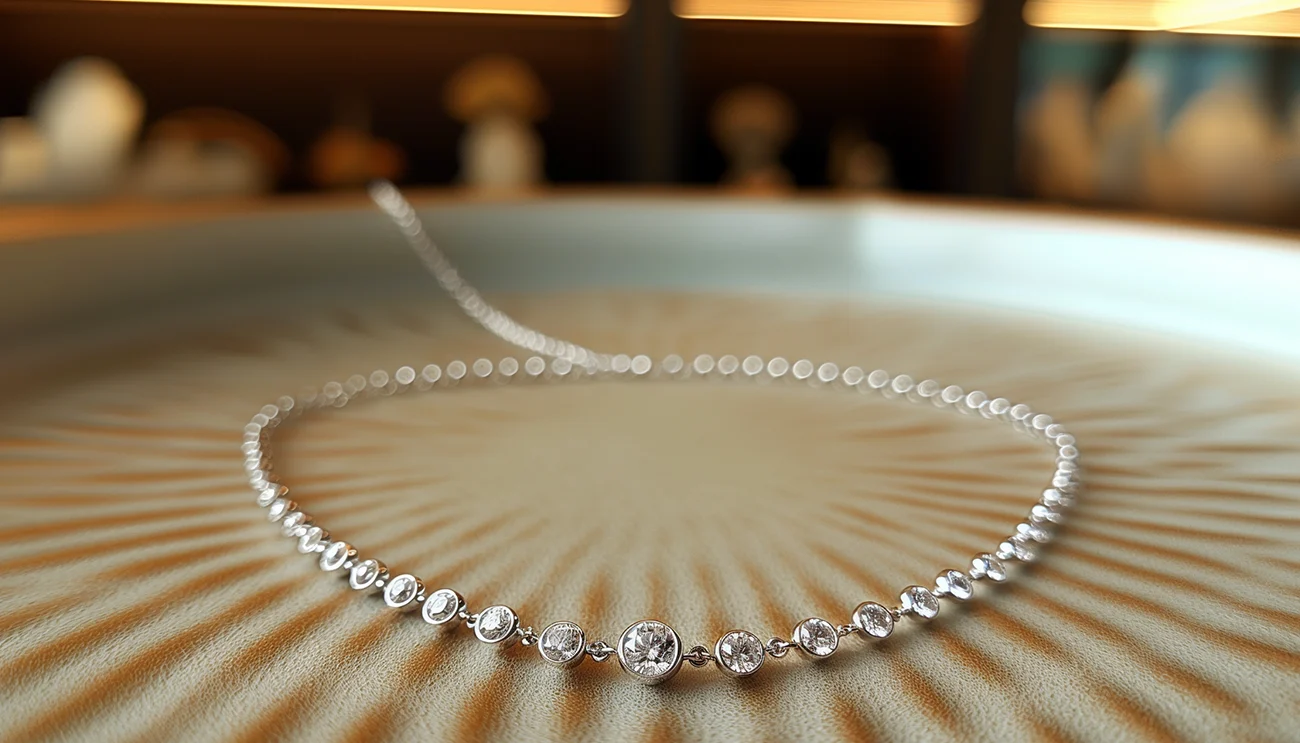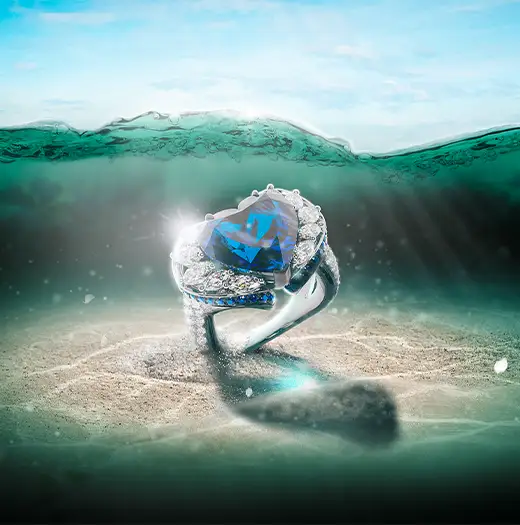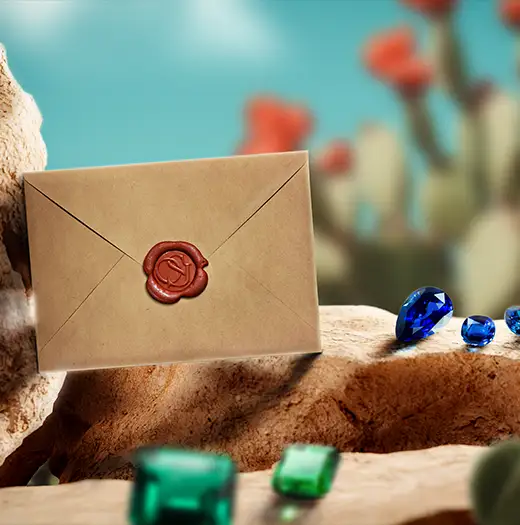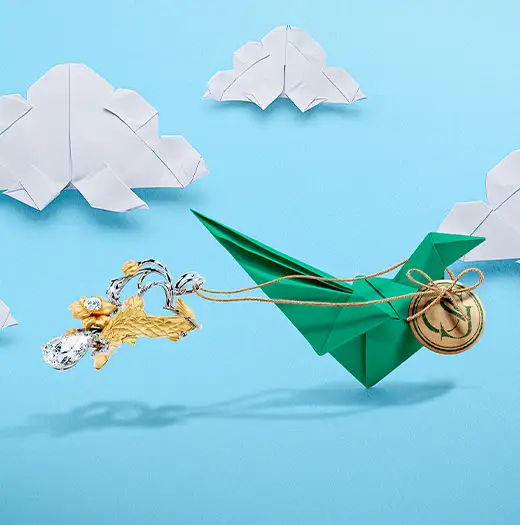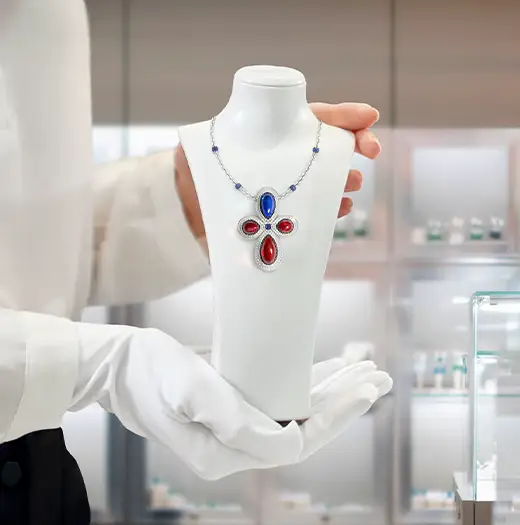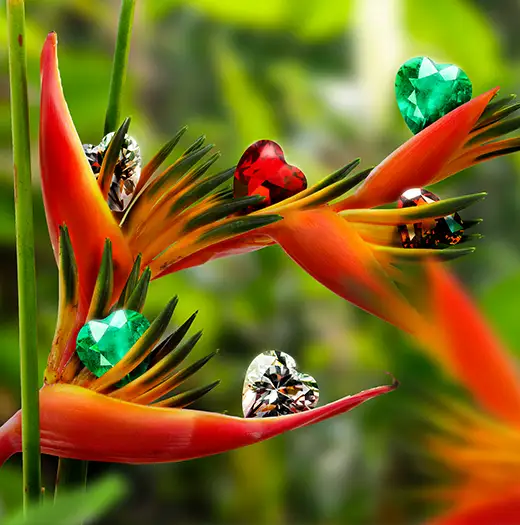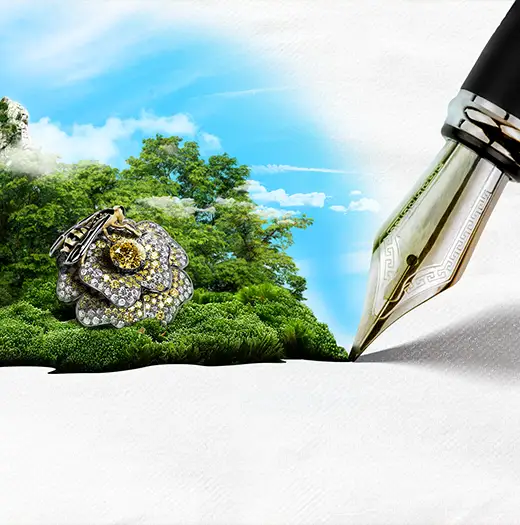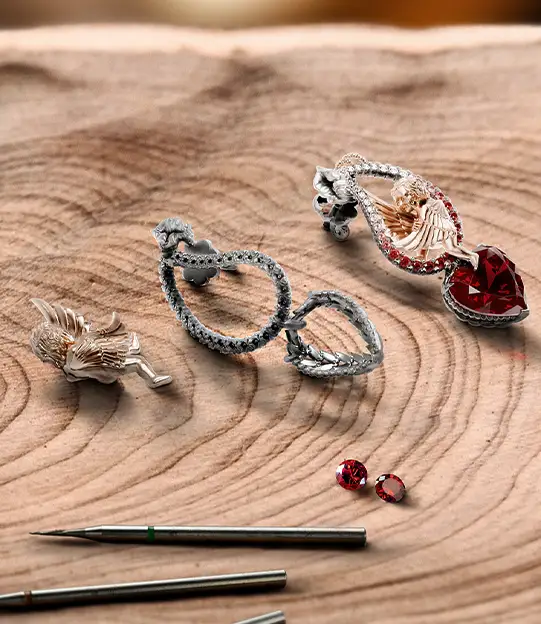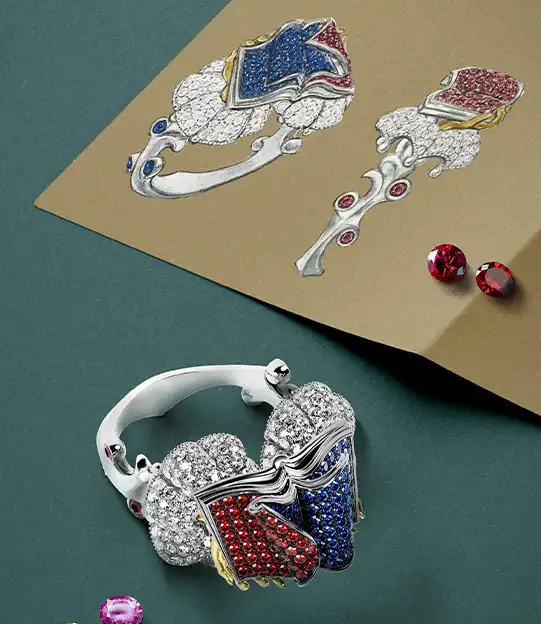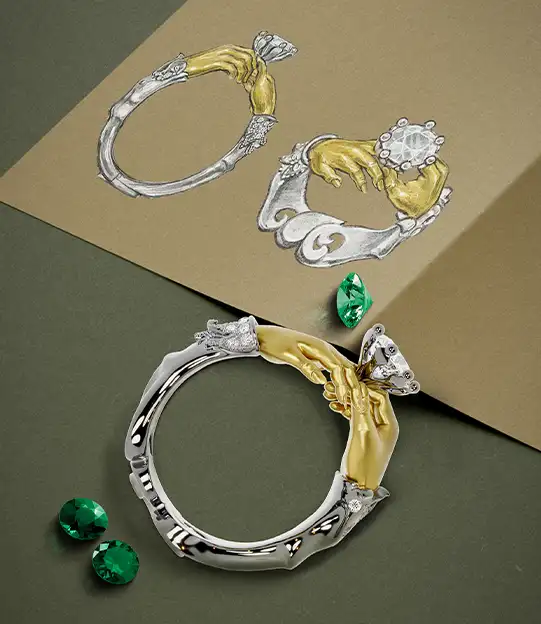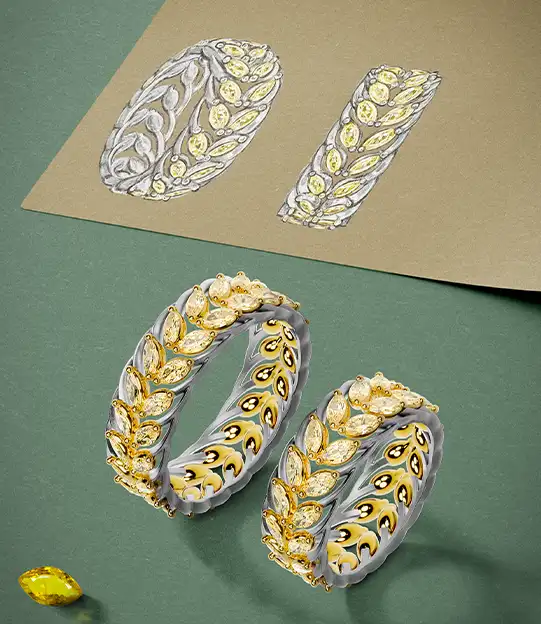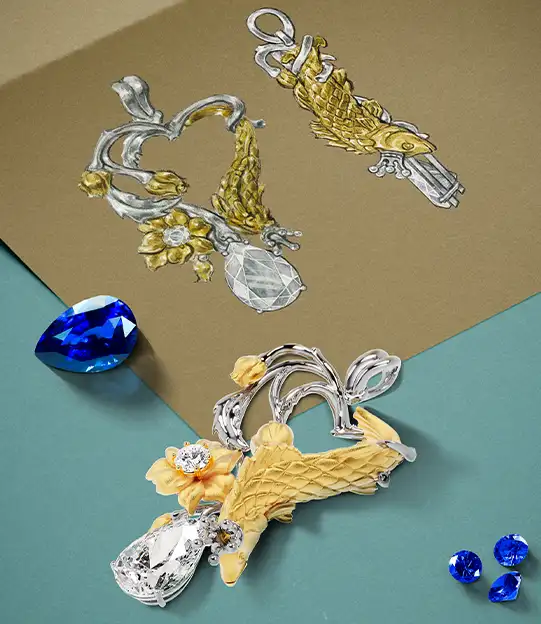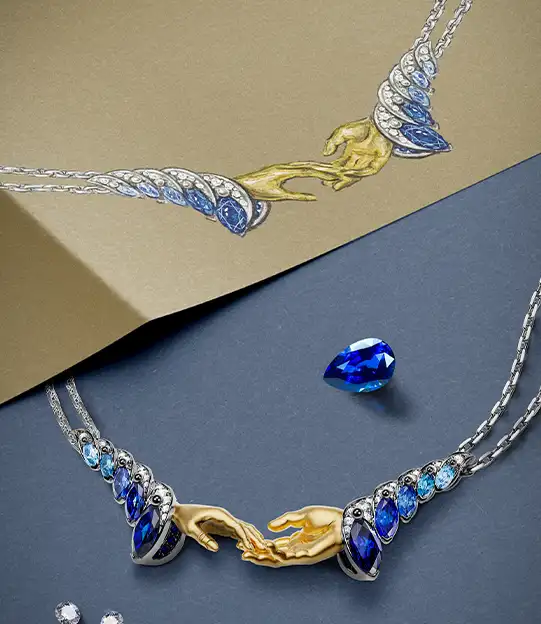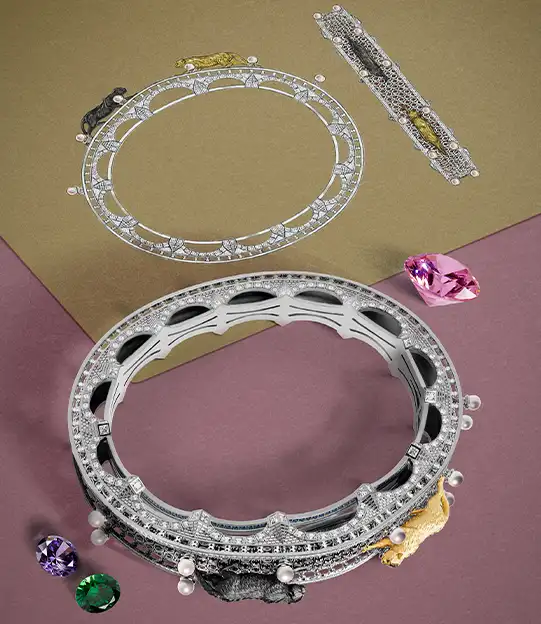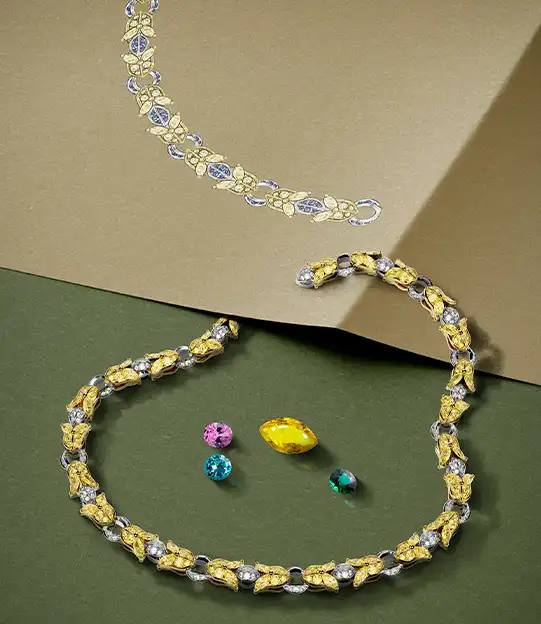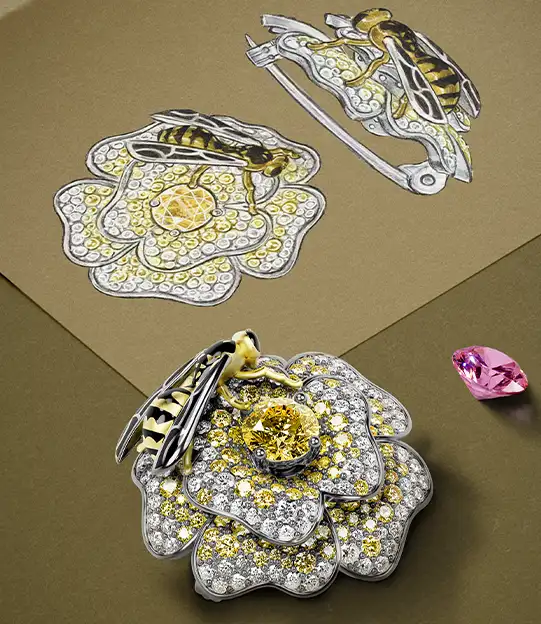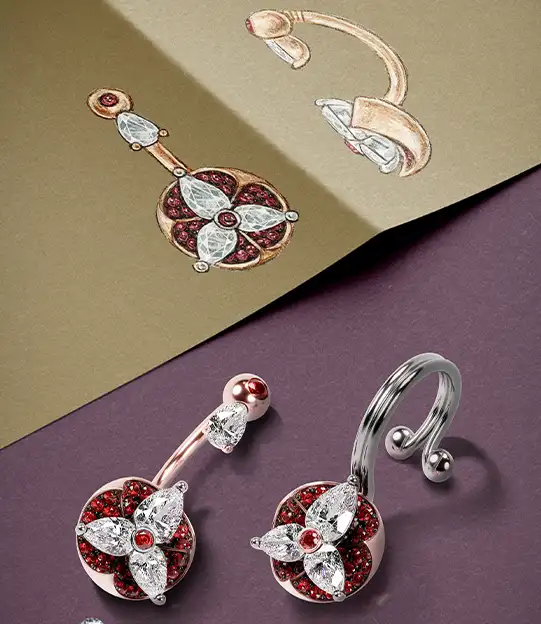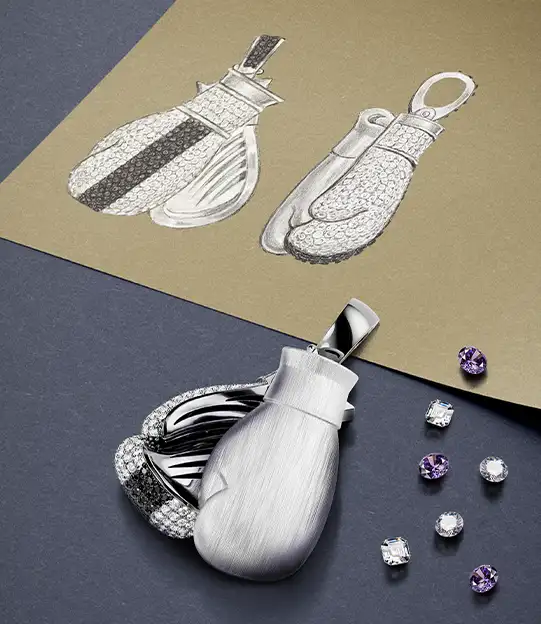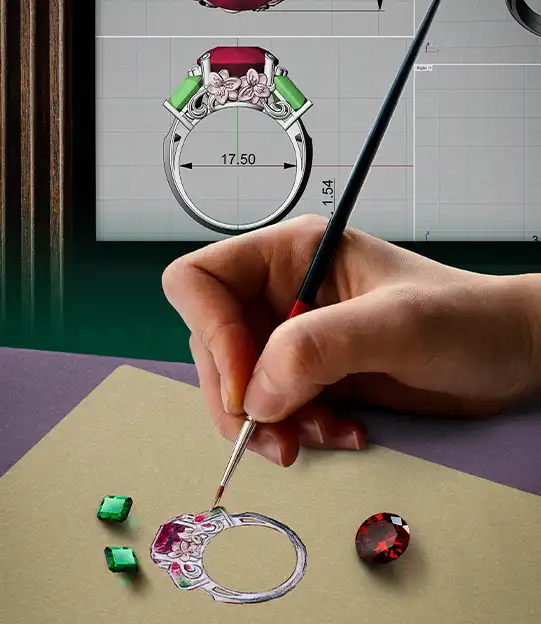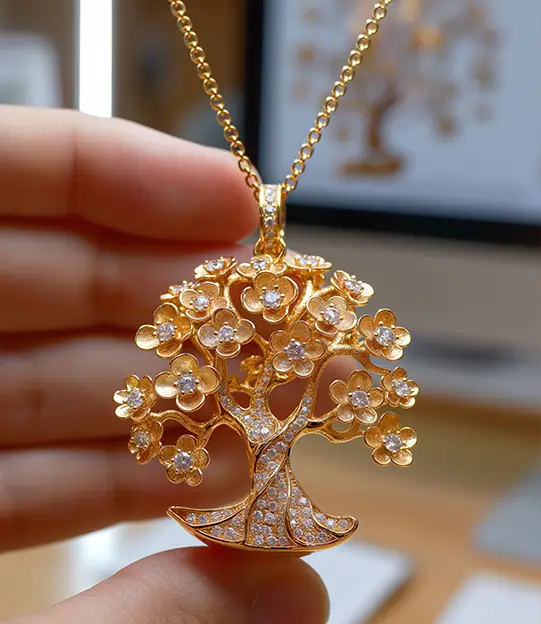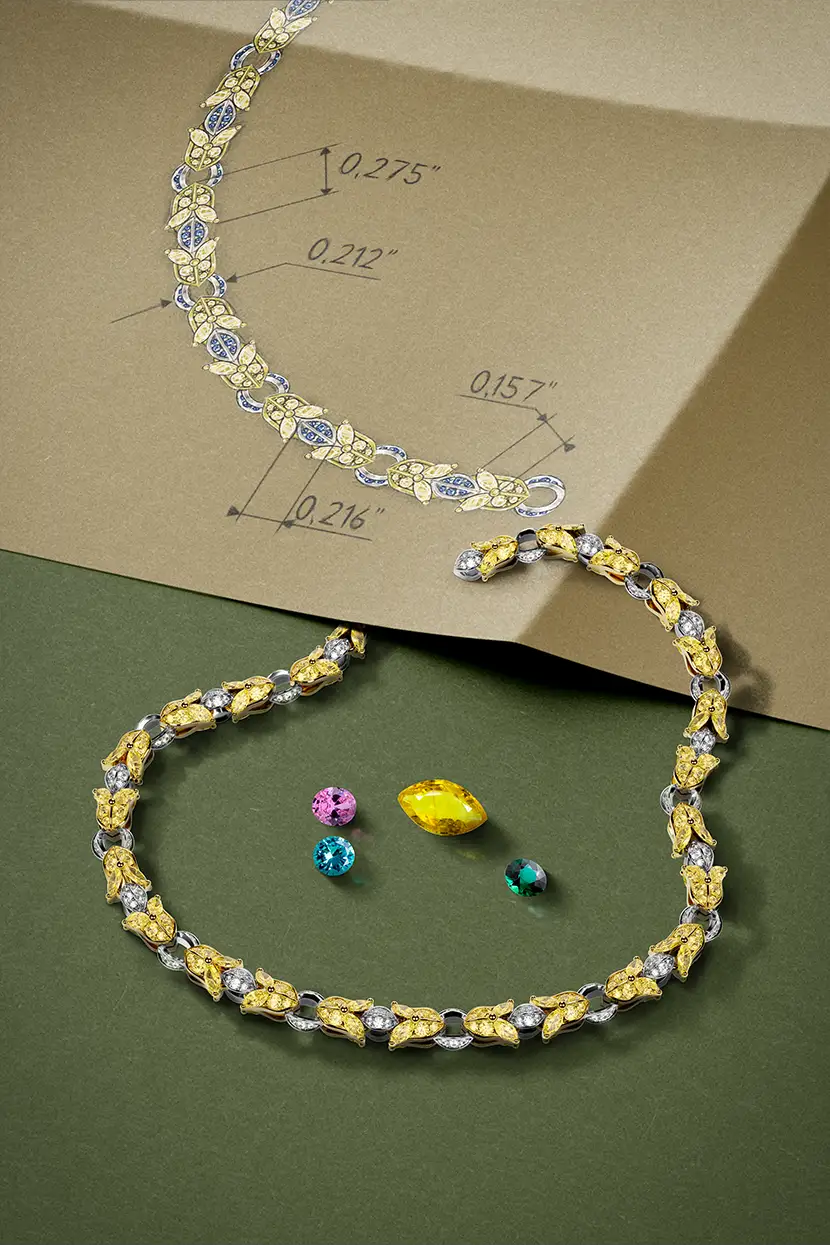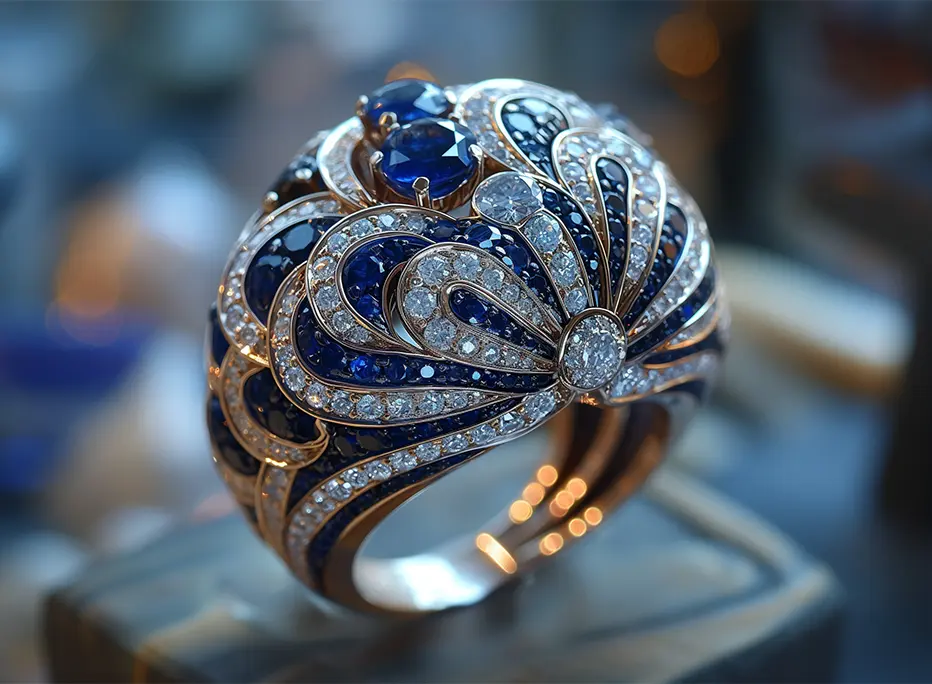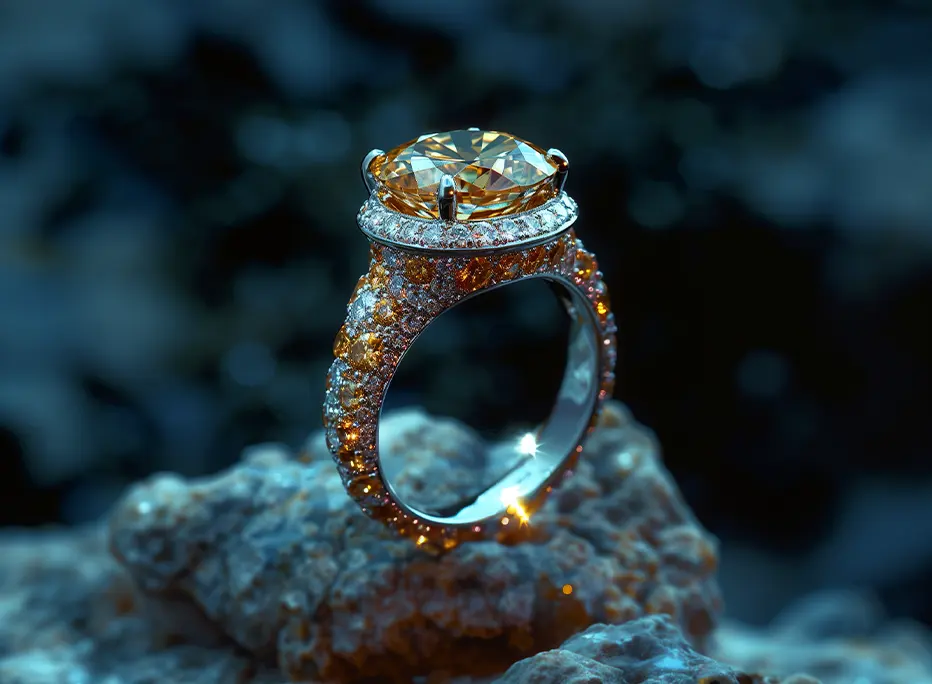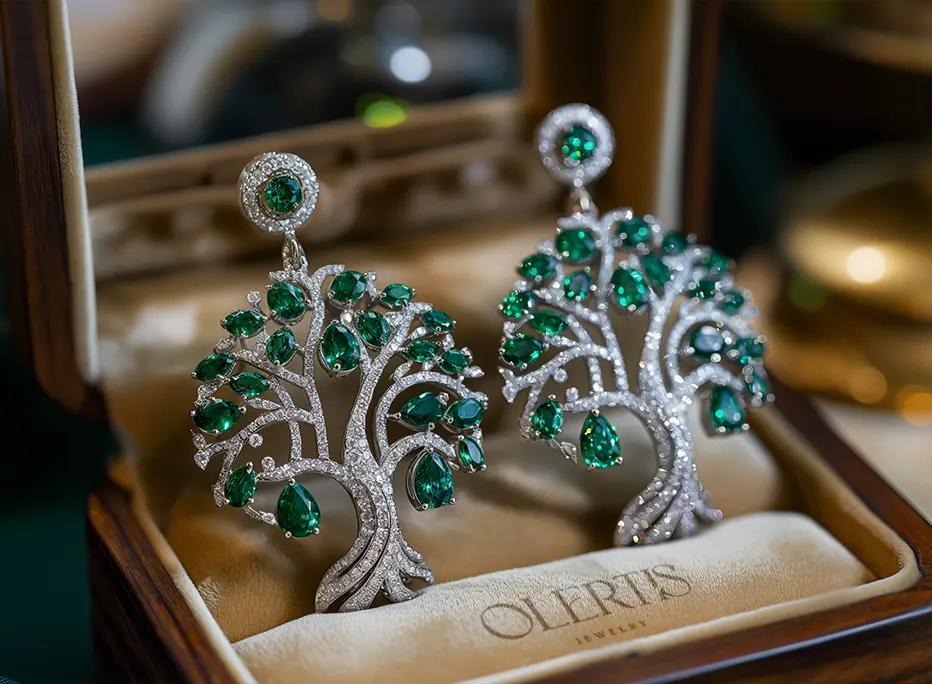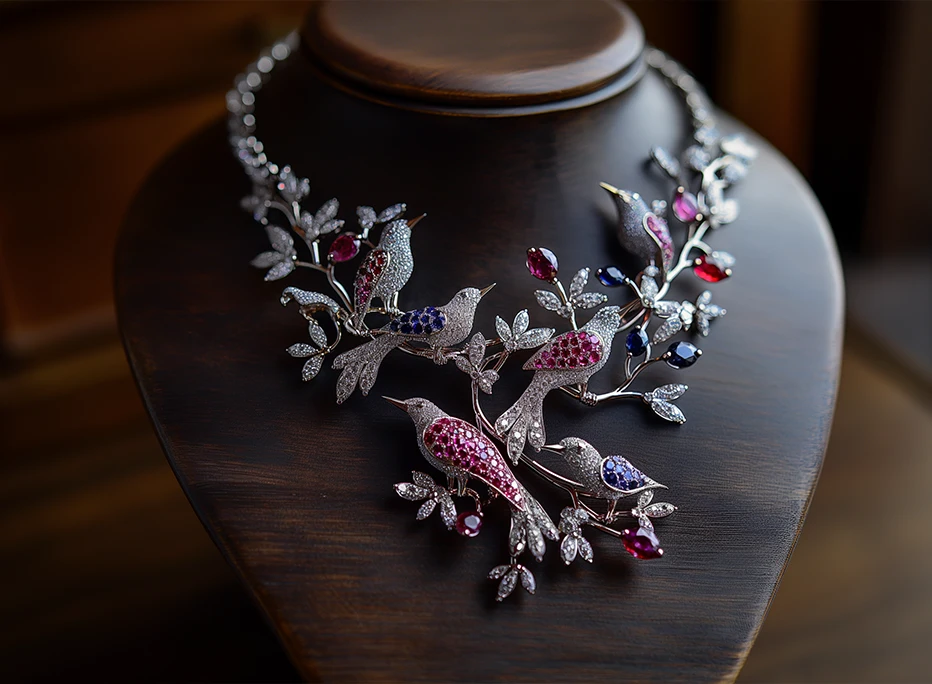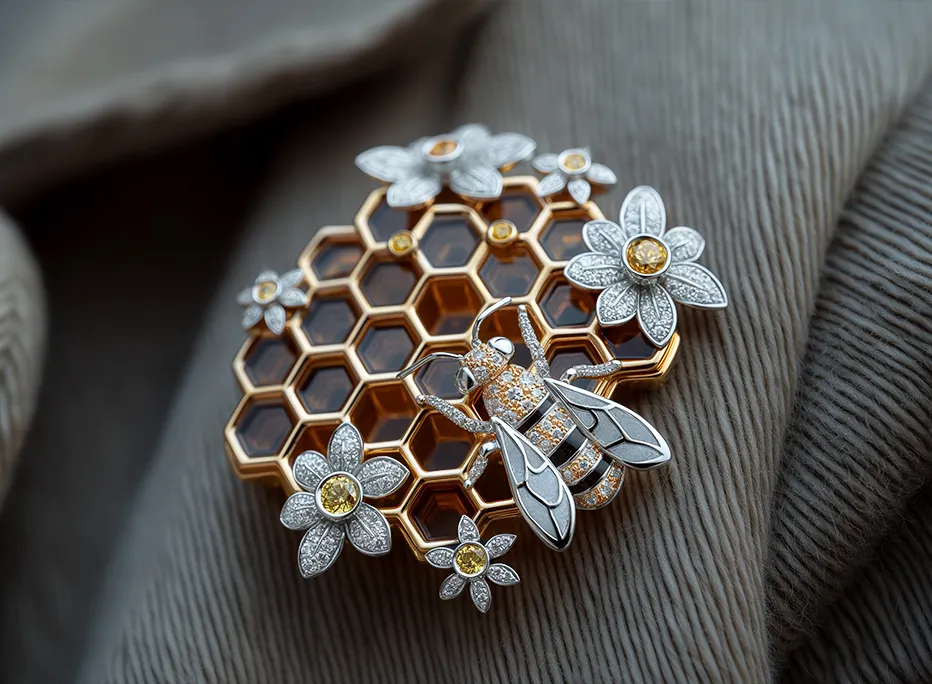Chains. Perhaps when you hear this word, a famous song by The Beatles comes to your mind. But today, we are talking not about music but about jewelry. However, one line from the song is correct: it’s hard to break away from these chains… of beauty and fashion.
In many cultures, chains are a symbol of continuity, lineage, and replication of old patterns. On the other hand, historically, chains were used to limit prisoners’ range of motion. You might think, what a terrible thing to wear! And you may be right, but hear Olertis out. Symbolically speaking, a chain can be one of the most powerful pieces in your collection, symbolizing strength and stability. Some custom chains consist of smaller rings in the shape of circles. And a circle is a universal representation of the continuous development and cyclicity of life – things that are essential for your evolution.
Originally, chains were used in bucket elevator systems in Ancient Egypt for collecting water. Archeologists have discovered the oldest jewelry chain in an ancient tomb in modern Iraq, dating back to 2,500 BC. In those times, chains had practical or religious purposes and were mainly made from gold and silver.
During the Middle Ages, chains were worn as a symbol of wealth and authority; however, they still preserved a religious meaning. Religious leaders and royalty wore thick gold custom chains to emphasize their power. During the Renaissance, exclusive chains acquired their decorative function and became a sign of social status. If we look at the paintings of that time, we may notice that men wore thicker chains than women.

The two most prominent chain types mark the 19th century: the Albert and Figaro chains. The former was initially used by Prince Albert to secure a pocket watch, as during the Victorian times, men kept their watches in waistcoat pockets. With time, the purpose of this type of chain transformed from practical to decorative and took its place in the realm of jewelry. The Figaro chain was invented in Italy and remained popular till today. This type of chain is typically worn by men. Another style associated with men’s fashion is the Belcher chain, which is now considered a timeless classic. It originated in England and was initially made from silver.
“Jewelry is not unchanging. Life transforms it and makes it bend to its requirements.” This quote by Coco Chanel moves us to the 20th century. During this period, chains became affordable to the working class, and Coco Chanel did contribute to it. She was the first designer to introduce faux pearls and gemstones to her collections. And needless to say, there was another trend sparkled by her – strands of pearls.
One of the most recognizable chain designs of the time is hip-hop chunky chains traditionally made of gold and encrusted with diamonds. From the dookie chain and Cuban links to so-called light chains, even hip-hop chain styles have changed with time. In hip-hop culture, this jewelry piece represented the wealth, success, and status of the owner.
Chains have been captivating our imagination throughout history. From a religious symbol accessible to a limited circle of people to mainstream jewelry affordable to everyone, chains have proven to be timeless accessories.
